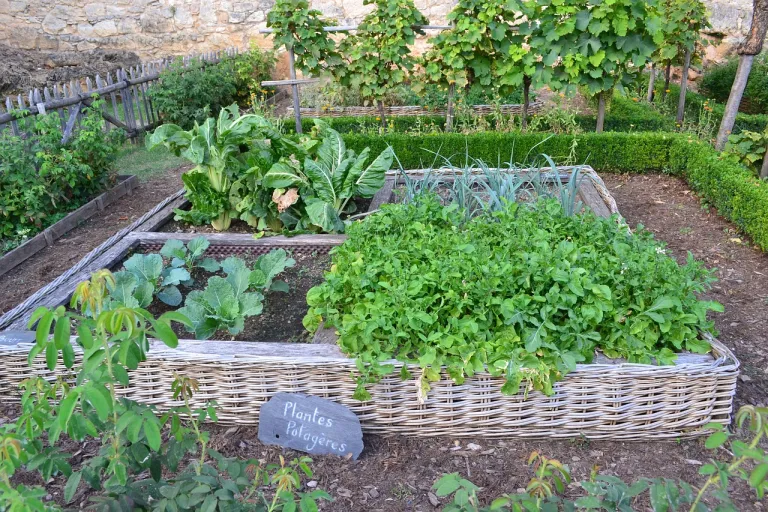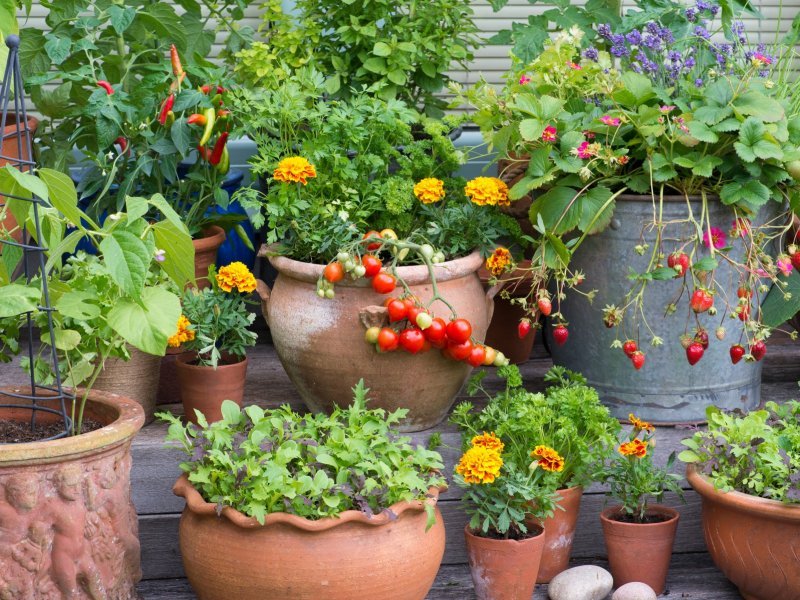Bromeliads can be described in general terms as a group of stress tolerant plants with a pronounced tendency towards epiphytism. Whether growing on trees, on rocks or potting media, a large majority of bromeliad species populate habitats with these common characteristics: frequently excessive sunlight, water and nutrients are usually in short supply for at least part of the year. Like its succulent relatives, the cacti, euphorbias and orchids, the future is bright for bromeliads as they are fast approaching the status of the world’s leading pot plant.
They are mass propagated and marketed all over the world and have gained a high degree of acceptance. Demands for bromeliads with requirements that are suited –to the clientele’s preferences are rising and this has prompted breeders to come up with new varieties through hybridization.
A quick way to expand one’s collection of bromeliads is to grow, them from seeds. It is a most interesting pursuit, and the breeder is occasionally blessed with variegated or interesting ones. Before, one begins to start on hybridization, it is necessary to learn the names and recognize the parts of the flower. The whole base on which the flower rests and to which it is attached is called the calyx. Al bromeliad flowers have three petals, contained or enclosed by three sepals.
These petals surround the sexual part of the flower. Inside the petals are six stamens, topped by structures that look like boats called anthers, considered as the male parts. The pistil serves as the center of it all and is topped by the female part called the stigma. This can be longer than the stamens or can be enclosed by stamens somewhat resembling a dome, making it difficult to hybridize. This is also true to self-pollinating flowers. .These types of bromeliads are receptive only to .its own pollen. However, only 1-5 percent of the bromeliads are self-fertile.
Neoregelias and aechmeas are the most difficult to breed because the flowers are small with the anthers closing over the stigma as if protecting it from intruders. The anthers must be removed, preferably before the pollen is mature. This is to avoid incidences of the pollen falling thereby creating a big possibility to miss out the crossed fertilized seed one intends to have. The basic process of breeding bromeliads is very simple and can be done by the average plant lover. One just needs to know the very basic factors that can also serve as a guide for future usage. These are the following: understanding and sufficient knowledge of the bromeliad genera, availability of sufficient parent plants, financial inputs or investments, willingness to take risks, and patience.
To start with hybridization, one should establish that the parent plants are not self pollinating. Gather pollen from another plant. This will be the male side of the cross. You can store pollen in the refrigerator where it should keep viable within the next months. Fresh pollen is the best to use but refrigeration is necessary; not all bromeliads flower at the same time. Label carefully your pollen with the name of the plant you took it and the date so that you can discard it when it becomes some months old and are no longer viable.
Gently remove the anthers of the female side of the cross. Petals can be pushed aside to reveal the pollen but must not be removed since the petals close over the stigma as the flower withers. Anthers can be easily cut away with scissors but for neoregelias, forceps can be used.
Factors to consider in breeding bromeliads are: understanding and sufficient knowledge of the bromeliad genera: availability of sufficient parent plants, financial inputs/investments, willingness to take risk and patience.
For preparations for breeding, select mature plants to be used as parent plants. Prepare materials to be used: potting medium, plastic bags, rubber bands, fungicide and rooting hormone, netting, tweezers, petri dishes or anything similar.
What must be bred? This question can be addressed by the person who would like to go into breeding. Personal experiences can only help guide first timers. The most important is to set your goals so you may have a direction.









